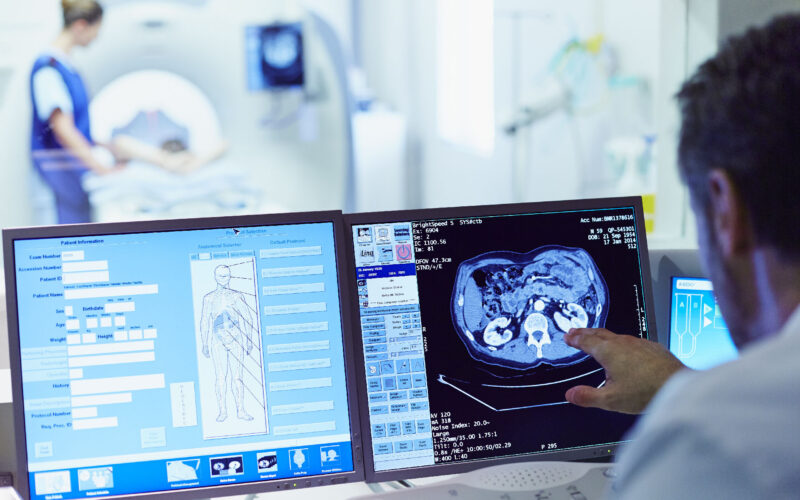Genetics of intracranial aneurysms
Genetics, Intracranial aneurysms, Subarachnoid hemorrhage
Research aim
I aim to enhance our understanding of the underlying disease processes of intracranial aneurysms, refine the detection of such aneurysms in high-risk patients, and optimize treatment strategies.
About us
Rupture of intracranial aneurysms (IAs) results in aneurysmal subarachnoid hemorrhage (ASAH), a severe and often fatal type of stroke. ASAH can be prevented through endovascualr or neurosurgical treatment of IAs.
In my group we combine genetic, clinically applied, and translational investigations on IAs. In addition, we successfully merge the domains of genetics with epidemiology, and imaging. With these investigations we aim to enhance the understanding of the underlying disease processes of IAs, refine the detection of IAs in high-risk patients, and optimize treatment strategies.
To advance genetic research in IA I founded and co-chair an international collaborative consortium on IA genetics, which I established within the framework of the International Stroke Genetics Consortium (ISGC; www.strokegenetics.org). Within this consortium internationally renowned PIs engaged in genetic research on IAs collaborate. Within this consortium I led the largest genome-wide association study (GWAS) on IAs performed to date. The genetic variants identified in this GWAS explain about half of the disease heritability. I am currently conducting a new GWAS with a tripled number of patients which will enable us to also focus on sex-stratified genetic risk factors. This is important as there is an important female predominance in IA and ASAH, with women accounting for 65% of patients, while the reasons for this predominance are not yet understood.

